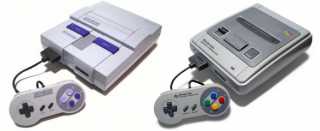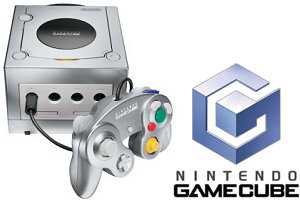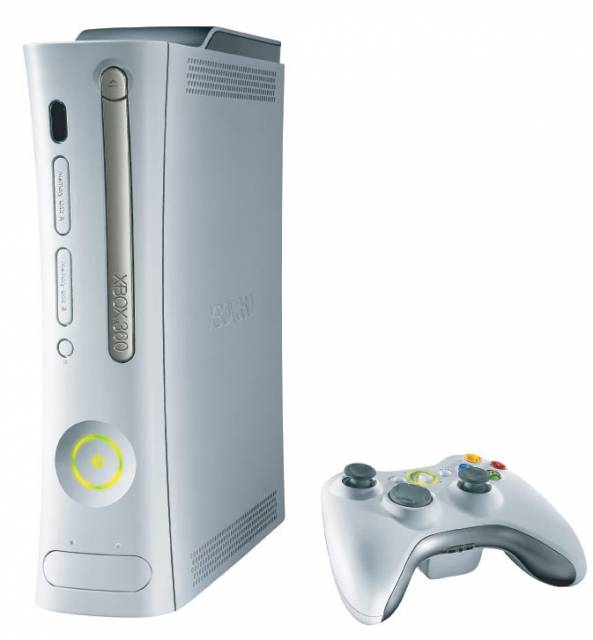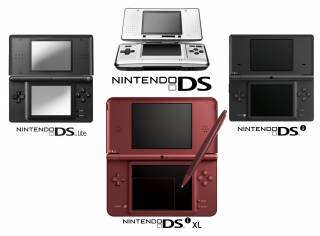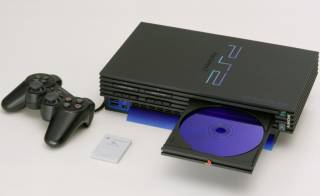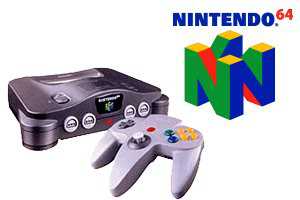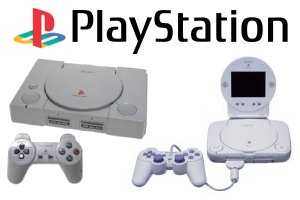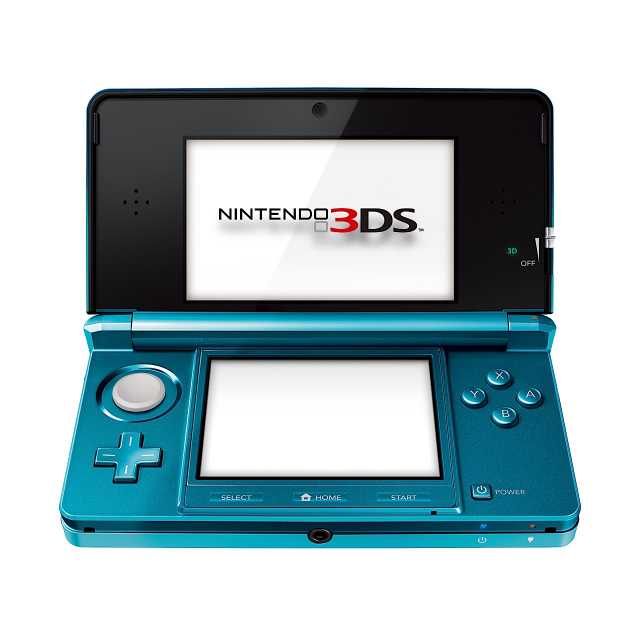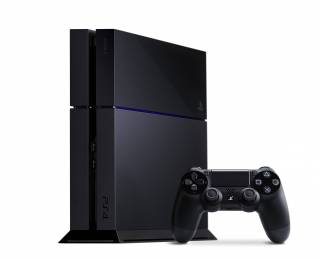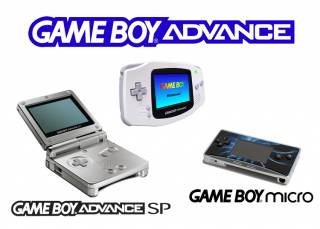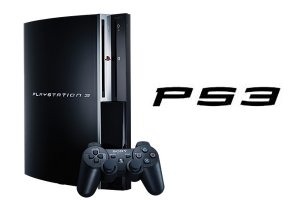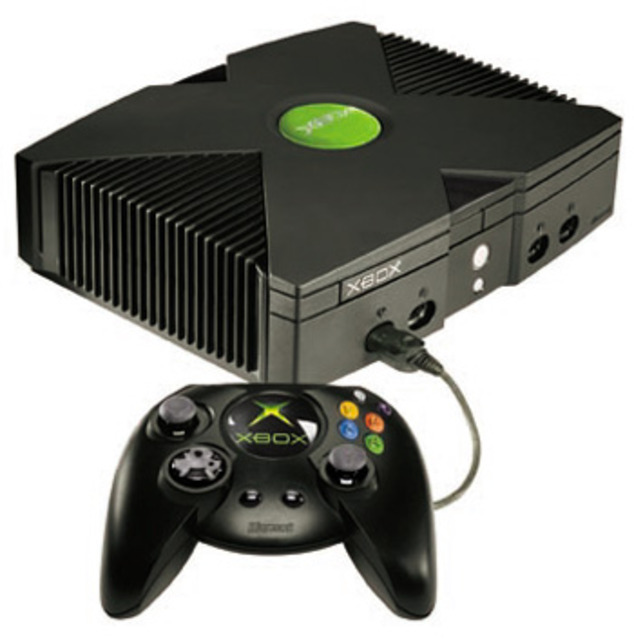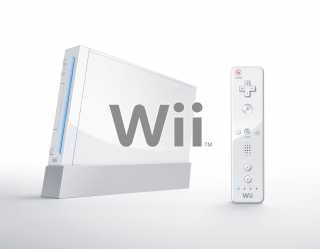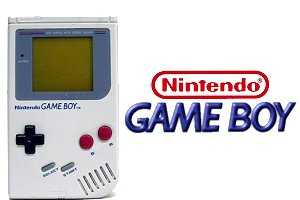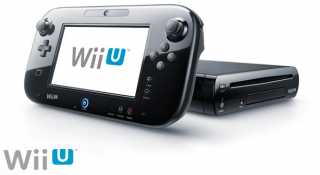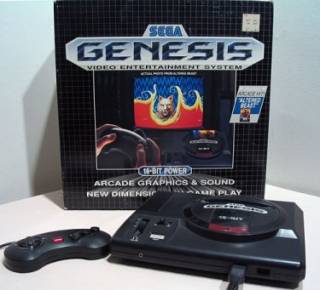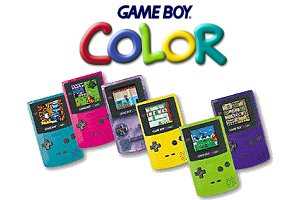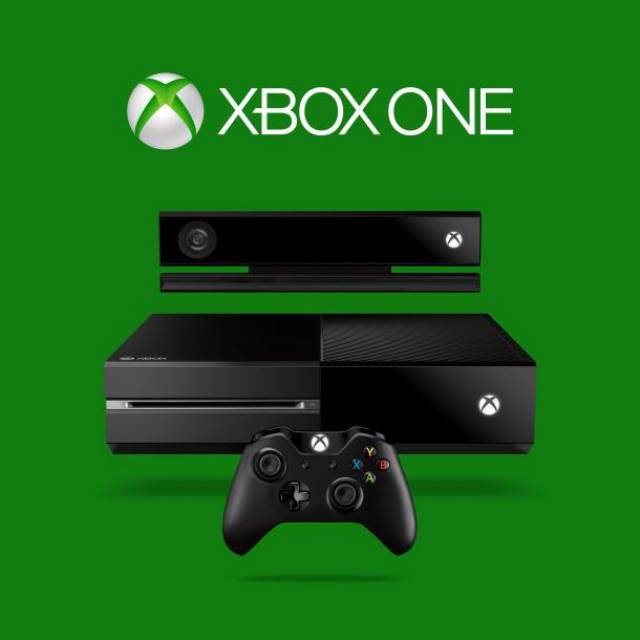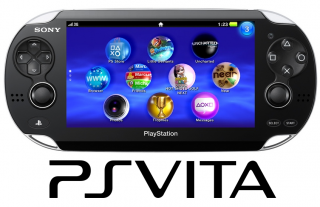My Ranking of Consoles and Handhelds
This list is exactly as it sounds: my personal ranking of every console and handheld I’ve ever owned. We all have different levels of fondness for different gaming machines, and I’ve owned more than my share of them over the years, so I thought it would be fun to sit down and think through which ones have meant the most to me. That said, ranking consoles and handhelds is a somewhat more complicated task than ranking games within a single franchise. There are a lot of variables involved spanning many years, hardware and design trends, changing landscapes, and my own personal anecdotes and gaming preferences. So before we get to the list, a few additional important clarifications and caveats.
First, I am omitting the PC; it’s simply too different to rank against consoles and handhelds. Second, I am omitting any console or handheld which has not reached the end of its lifespan yet. Currently, the main example here is the Switch; I will wait until all is said and done before adding platforms (which I will do over time). Third, I am omitting any console or handheld that I did not physically own, even if I played their games. The Atari 2600, NES, TurboGrafx-16, and PlayStation Portable are all systems I have played plenty of games from in some way, but never owned the hardware. Thus I feel I can’t fully speak to every part of their experience, and have chosen to exclude them from this list. Finally, and most importantly, there is no scientific method to this ranking. I did consider many factors when comparing consoles and handhelds, such as the games I liked on them, the controller and design, how reliable/powerful the hardware was, etc. But the final determination is based on my personal, subjective preferences alone, driven primarily by the games I liked on each system and my gaming tastes. And with that, I hope you enjoy, and thanks for reading!
Last updated on February 22, 2021 (original list creation)
See my other rankings of: Metroids | Marios | Zeldas | Final Fantasies | 2D Castlevanias | Fire Emblems | Gaming Years | Consoles and Handhelds | From Software Games | Nintendo Franchises

